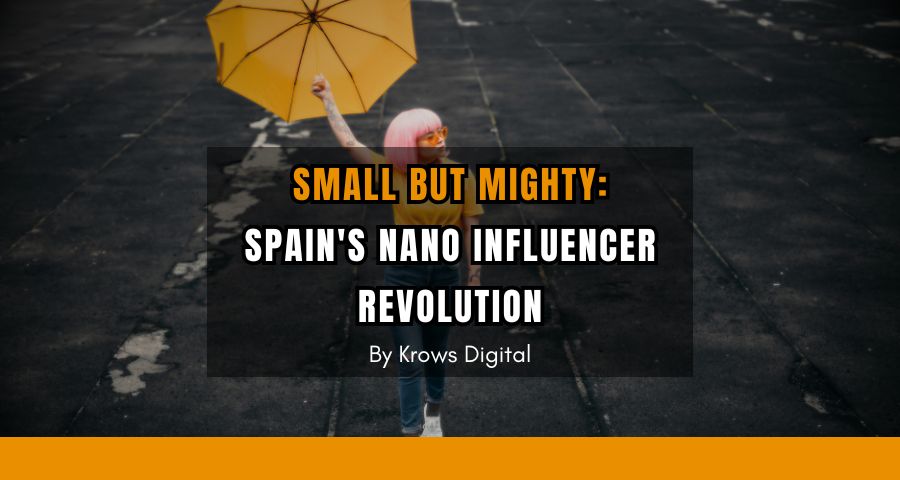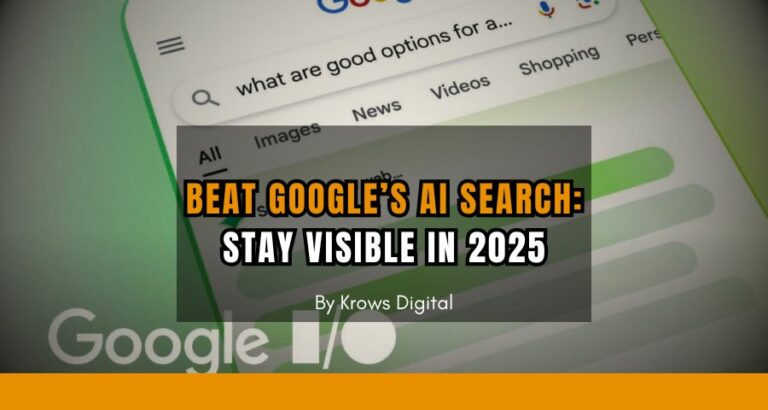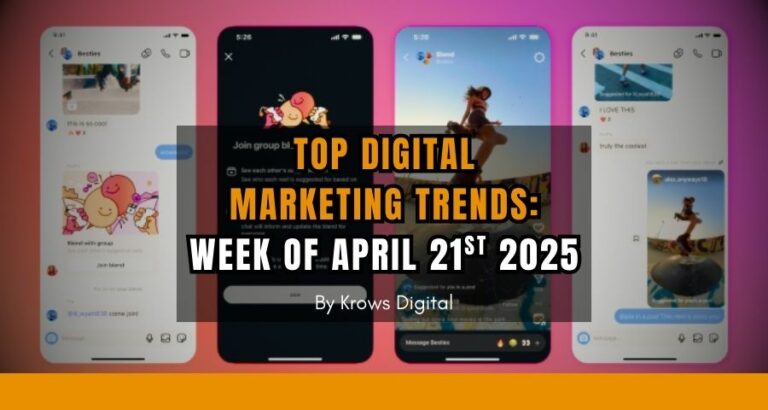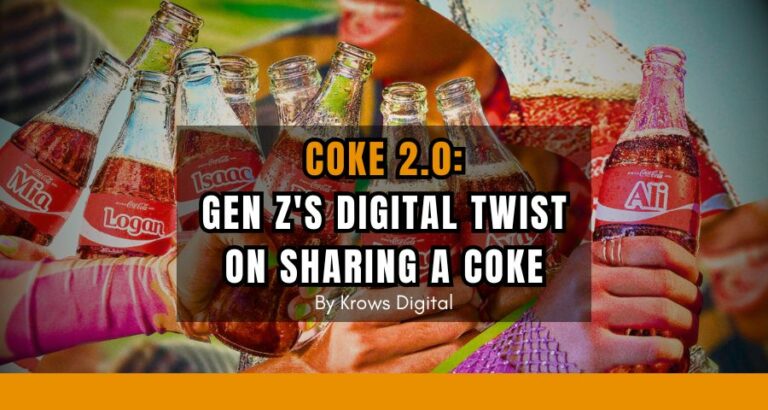In recent years, the landscape of influencer marketing has shifted dramatically. Once dominated by mega-celebrities and influencers with massive followings, the industry is now witnessing the ascent of nano and micro-influencers—smaller content creators whose authentic, relatable content resonates deeply with audiences. In Spain, this shift is particularly evident. According to a recent report, traditional stars like Dulceida and María Pombo are being overtaken by emerging influencers such as Violeta Mangriñán, who has become the most influential figure in the Spanish influencer scene.

Redefining Influence: Quality Over Quantity
While mega-influencers have long been the face of brand collaborations due to their extensive reach, nano and micro-influencers are now garnering attention for their high engagement rates and genuine connection with their followers. Nano-influencers typically have a following of around 1,000 to 10,000, while micro-influencers range from 10,000 to 50,000 followers. Despite their smaller audiences, these creators often achieve engagement rates that far surpass those of their larger counterparts. Their content is perceived as more authentic, less scripted, and truly reflective of real-life experiences—qualities that today's audiences, especially younger generations, value immensely.
Violeta Mangriñán’s rise to prominence is a prime example. Unlike established names who might rely on a polished, curated image, Mangriñán’s approach is refreshingly candid. Her followers are drawn to her genuine personality and the way she interacts with her community, making her a trusted voice for brands looking to build authentic connections.
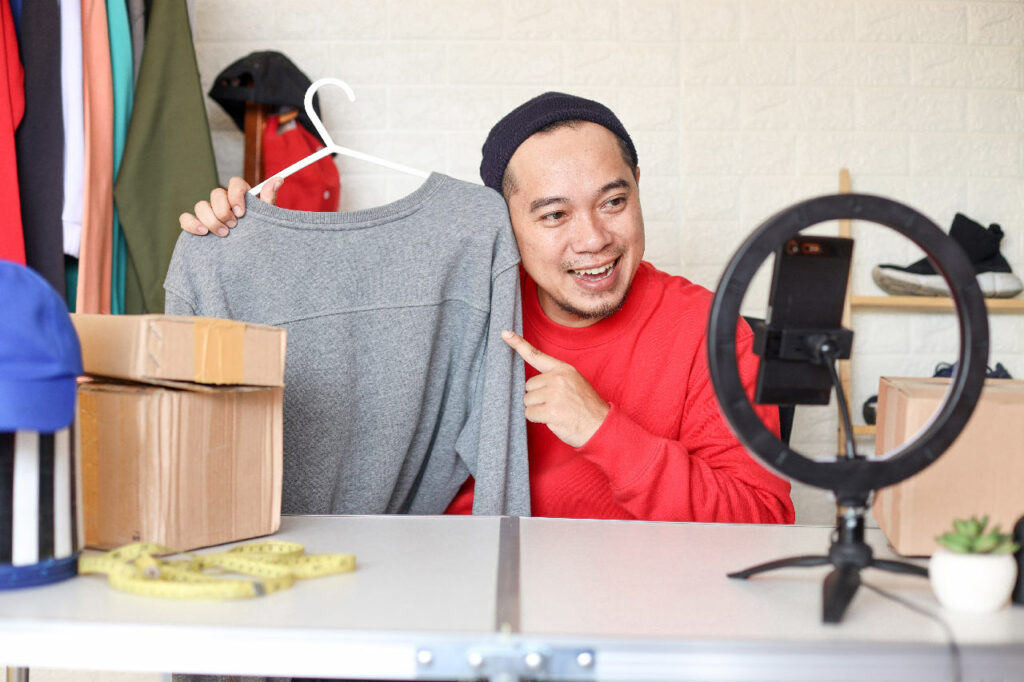
The Authenticity Advantage
One of the key reasons nano and micro-influencers are outperforming larger influencers is the authenticity of their content. In an age where digital trust is hard-earned, audiences are increasingly skeptical of overly commercialized or staged content. Nano and micro-influencers tend to produce content that feels organic and unscripted, which leads to higher levels of trust and engagement. Their posts often reflect everyday moments and real opinions, allowing followers to see them as peers rather than distant celebrities.
This authenticity is particularly valuable for beauty, fashion, and lifestyle brands in Spain. Consumers in these markets are not only looking for recommendations; they want to know that the person endorsing a product truly uses and believes in it. This shift has forced brands to reconsider their influencer strategies, moving away from a "one-size-fits-all" approach and instead seeking out creators whose personal brand aligns seamlessly with their own.
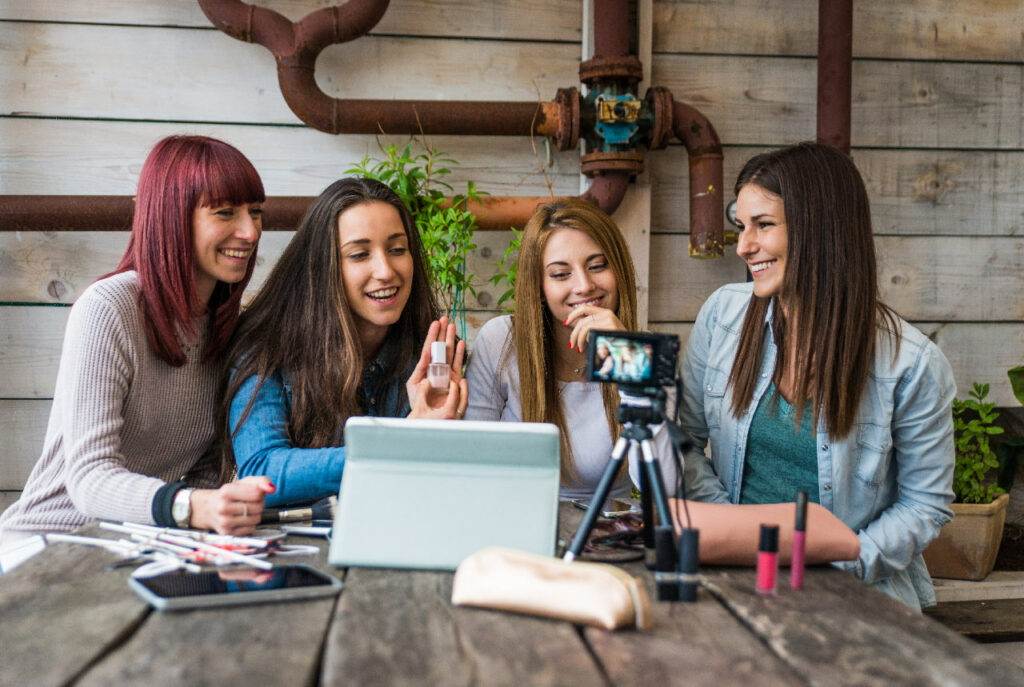
Community-Driven Partnerships
Another significant advantage of working with nano and micro-influencers is the sense of community they foster. Their smaller followings mean that they can engage more personally with their audience. They often interact directly with their followers, responding to comments, sharing personal stories, and even co-creating content based on community feedback. This two-way engagement builds a tight-knit community where recommendations come off as sincere and personalized.
For brands, this creates a powerful marketing opportunity. Instead of casting a wide net with a single, expensive campaign, brands can collaborate with several nano or micro-influencers to tap into various niche communities. This diversified approach not only increases the overall reach but also creates multiple touchpoints with consumers, driving higher conversion rates and sustained brand loyalty.
ready to take your business to the next level?
Get in touch today and receive a complimentary consultation.
Economic Advantages for Brands
The economic benefits of partnering with nano and micro-influencers are significant. Traditionally, brands have had to invest heavily in collaborations with mega-influencers, often paying exorbitant fees for a single post or campaign. In contrast, nano and micro-influencers typically command lower fees, making them an attractive option for brands with tighter budgets or those looking to maximize return on investment.
Moreover, with many nano and micro-influencers already cultivating highly engaged and dedicated communities, the cost per engagement is often much lower than that of high-cost influencer partnerships. This democratization of influencer marketing means that even small and medium-sized brands can leverage the power of social media to reach their target audience without breaking the bank.
Shifting Trends in the Spanish Market
Spain's influencer market has seen a remarkable transformation. A recent study by IAB Spain and Primetag highlights that the influencer economy in Spain has grown significantly, with a 40% increase in business volume compared to 2023 [citeturn3news21]. This growth is largely driven by the expanding role of nano and micro-influencers, who have become the backbone of many successful campaigns.
The shift is also reflected in consumer behavior. Spanish audiences are increasingly drawn to content that is authentic and relatable. They prefer influencers who share their personal experiences and offer genuine product recommendations over those who present a flawless, aspirational image. This preference for authenticity is fueling the rise of nano and micro-influencers in the Spanish market, as brands recognize that the impact of engagement is more valuable than mere reach.

Case Studies: Success Stories in Spain
Several Spanish brands have already reaped the benefits of this trend. For instance, beauty and skincare brands like Fable & Mane have shifted their focus to nano and micro-influencers to drive targeted engagement. Akash Mehta, co-founder and CEO of Fable & Mane, explains that these smaller creators produce content that feels personal and aligns closely with the brand’s ethos, resulting in higher engagement and stronger return on investment.
Similarly, brands like Hello Klean have reported improved performance metrics after reallocating their budgets from high-cost influencer campaigns to collaborations with nano and micro-influencers. By partnering with creators who have a more authentic and intimate connection with their audience, these brands have seen a significant boost in both online engagement and sales.
Challenges and Considerations
While the rise of nano and micro-influencers presents many opportunities, brands must also navigate certain challenges. One key consideration is ensuring that the chosen influencers genuinely align with the brand's values. With a proliferation of nano and micro-influencers, there is a risk of partnering with creators whose personal brand may not resonate with the target audience.
Additionally, as the market becomes more crowded, brands need to invest time in researching and vetting potential partners. This means looking beyond surface-level metrics such as follower count and focusing on engagement rates, audience demographics, and the authenticity of the influencer's content.
Another challenge is scalability. While working with multiple nano or micro-influencers can yield impressive results, managing numerous partnerships simultaneously can be complex and resource-intensive. Brands must balance the benefits of diversified partnerships with the operational challenges of coordinating multiple campaigns.

Strategies for Success
To capitalize on the rising influence of nano and micro-influencers, brands should consider the following strategies:
- Focus on Engagement Metrics:
Instead of solely concentrating on follower counts, brands should evaluate potential influencers based on engagement rates and the quality of their interactions with followers. Tools and platforms that provide detailed analytics can help identify creators whose audiences are genuinely engaged. - Leverage Niche Communities:
Collaborate with influencers who have carved out niche communities. These influencers often have loyal followings within specific segments, whether it’s beauty, fashion, or lifestyle. By targeting these niche groups, brands can achieve a more personalized and impactful reach. - Create Long-Term Partnerships:
Rather than one-off collaborations, brands should aim to build long-term relationships with nano and micro-influencers. This fosters a deeper connection between the influencer and the brand, leading to more authentic endorsements and sustained engagement. - Offer Creative Freedom:
Allow influencers to create content in their own style. Nano and micro-influencers know their audiences best, so giving them the creative freedom to communicate the brand’s message in a way that feels natural can result in more compelling and genuine content. - Monitor and Adapt:
Continuously track the performance of influencer campaigns. Use data-driven insights to understand what works and what doesn’t, and be prepared to adapt strategies as the market evolves. This proactive approach will help maintain the effectiveness of influencer marketing efforts in a rapidly changing landscape.
Looking Ahead
The trend toward nano and micro-influencers is expected to grow in prominence not only in Spain but globally. As audiences continue to demand authenticity and relatable content, brands that invest in genuine, community-driven influencer partnerships will be well-positioned to succeed. This shift marks a significant evolution in influencer marketing, moving away from the traditional focus on reach and celebrity status towards a more nuanced, engagement-driven approach.
For Spanish brands, this evolution is particularly exciting. The local market's dynamic nature, combined with the growing appetite for authentic content, creates a fertile ground for nano and micro-influencers to thrive. By embracing this trend, brands can build stronger relationships with their audiences, drive meaningful engagement, and ultimately achieve better marketing outcomes.
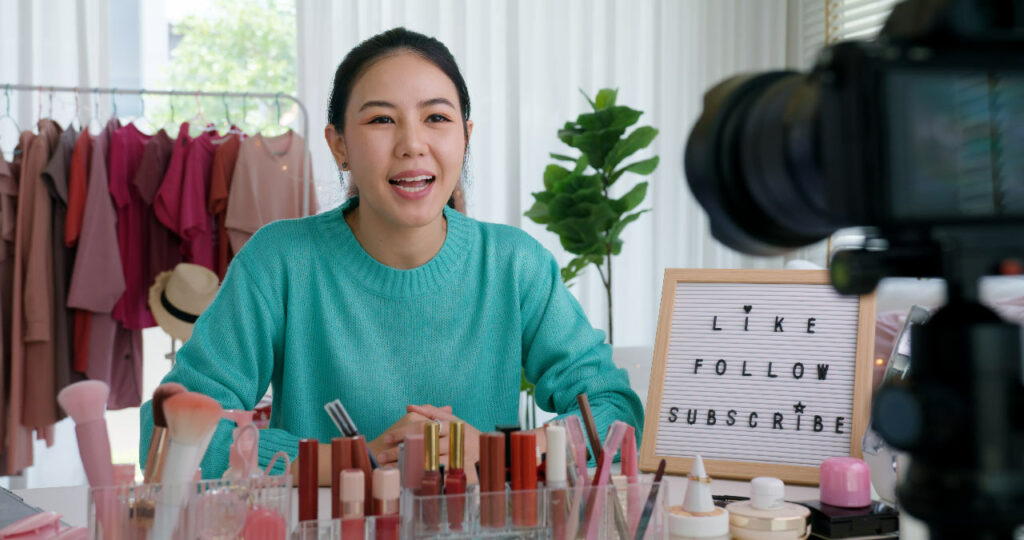
Conclusion
Nano and micro-influencers are redefining what it means to be influential in the digital age. In Spain, as in many other markets, the rise of these smaller creators is transforming influencer marketing by prioritizing authenticity, engagement, and community over sheer follower count. Brands that adapt to this shift—focusing on quality relationships and genuine content—are likely to see more meaningful connections with their audiences and a stronger return on their marketing investments.
As the influencer marketing landscape continues to evolve, keeping an eye on these trends and embracing innovative strategies will be key. Whether you’re a brand looking to launch your first influencer campaign or an established player seeking to optimize your strategy, nano and micro-influencers offer a promising path forward in an era where authenticity truly matters.
Sources:
- "Ni Dulceida ni María Pombo: esta la ‘influencer’ más importante de España" (AS.com, February 2025)
- Additional insights drawn from industry reports and expert commentary on influencer marketing trends in 2025.
By understanding and leveraging the unique advantages of nano and micro-influencers, brands can tap into a more authentic, engaged, and cost-effective marketing strategy that resonates deeply with today’s consumers.

